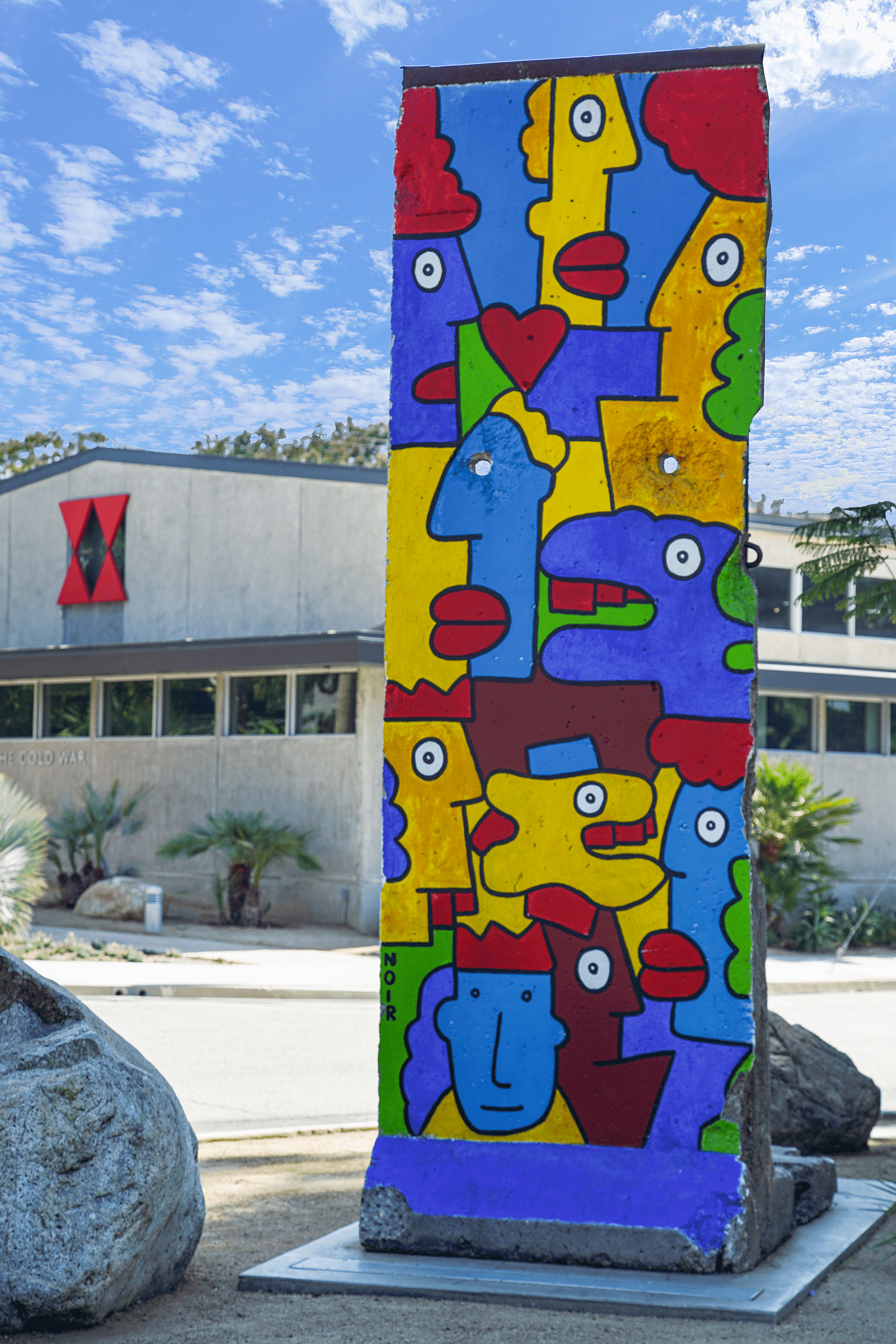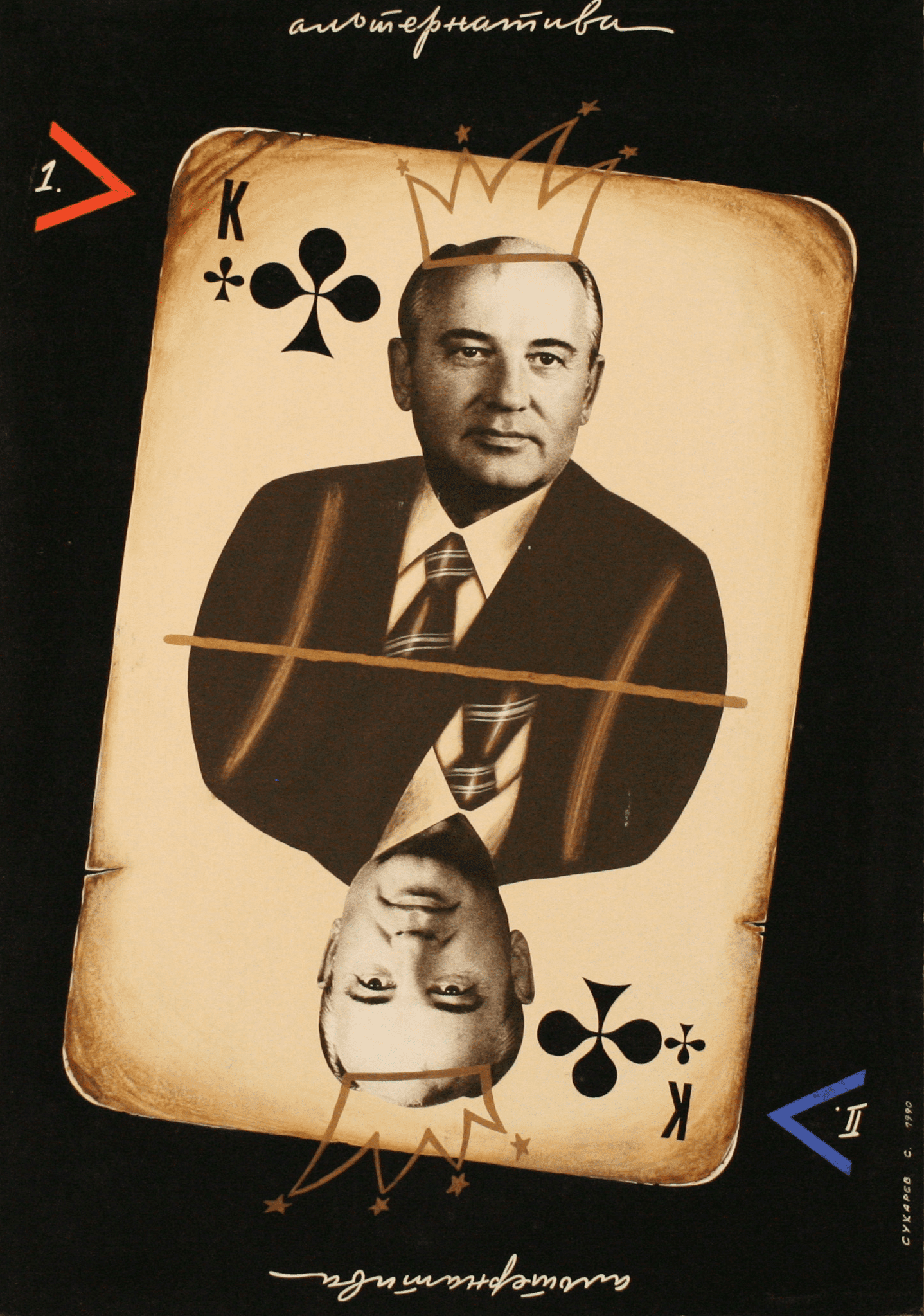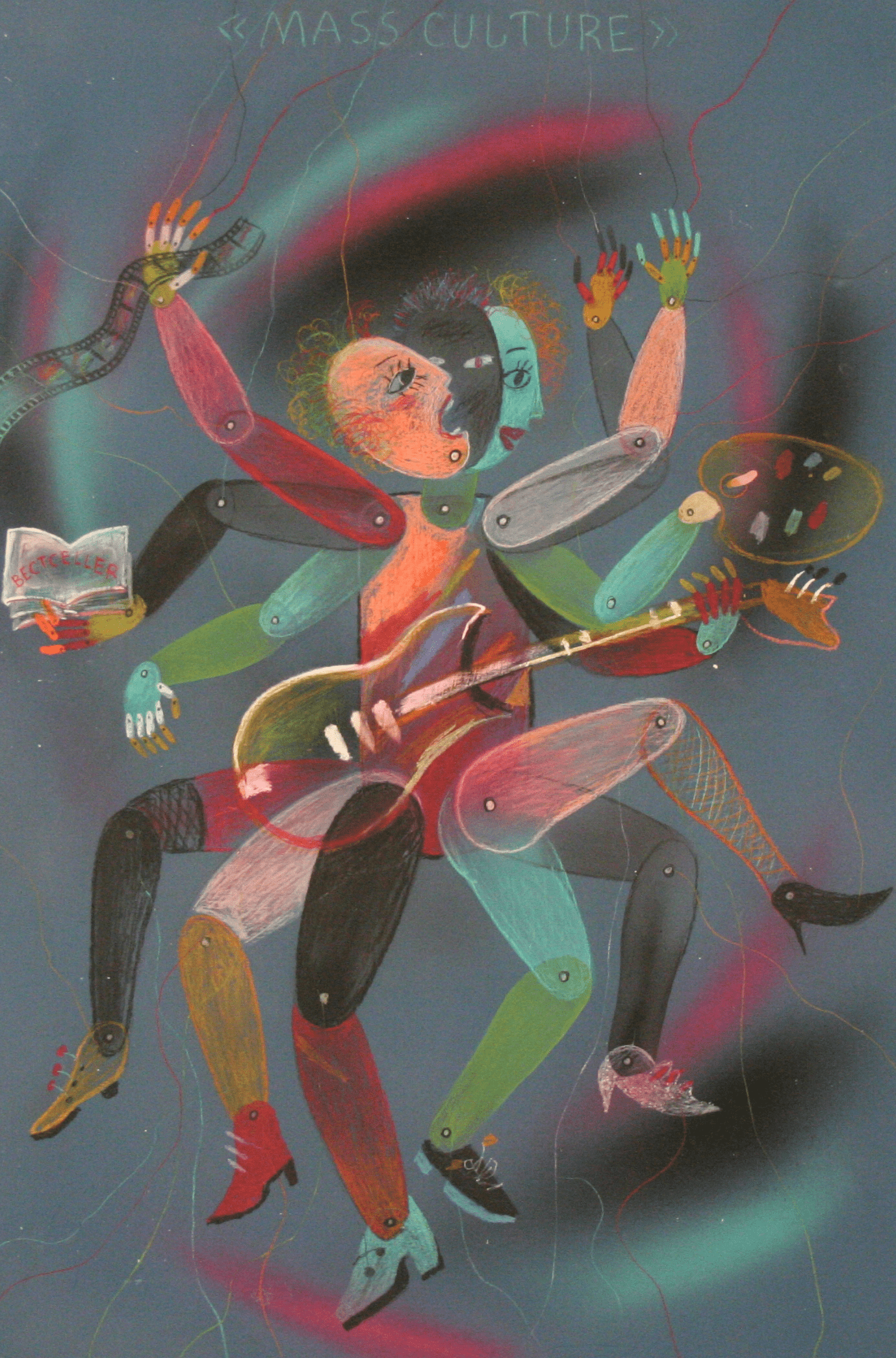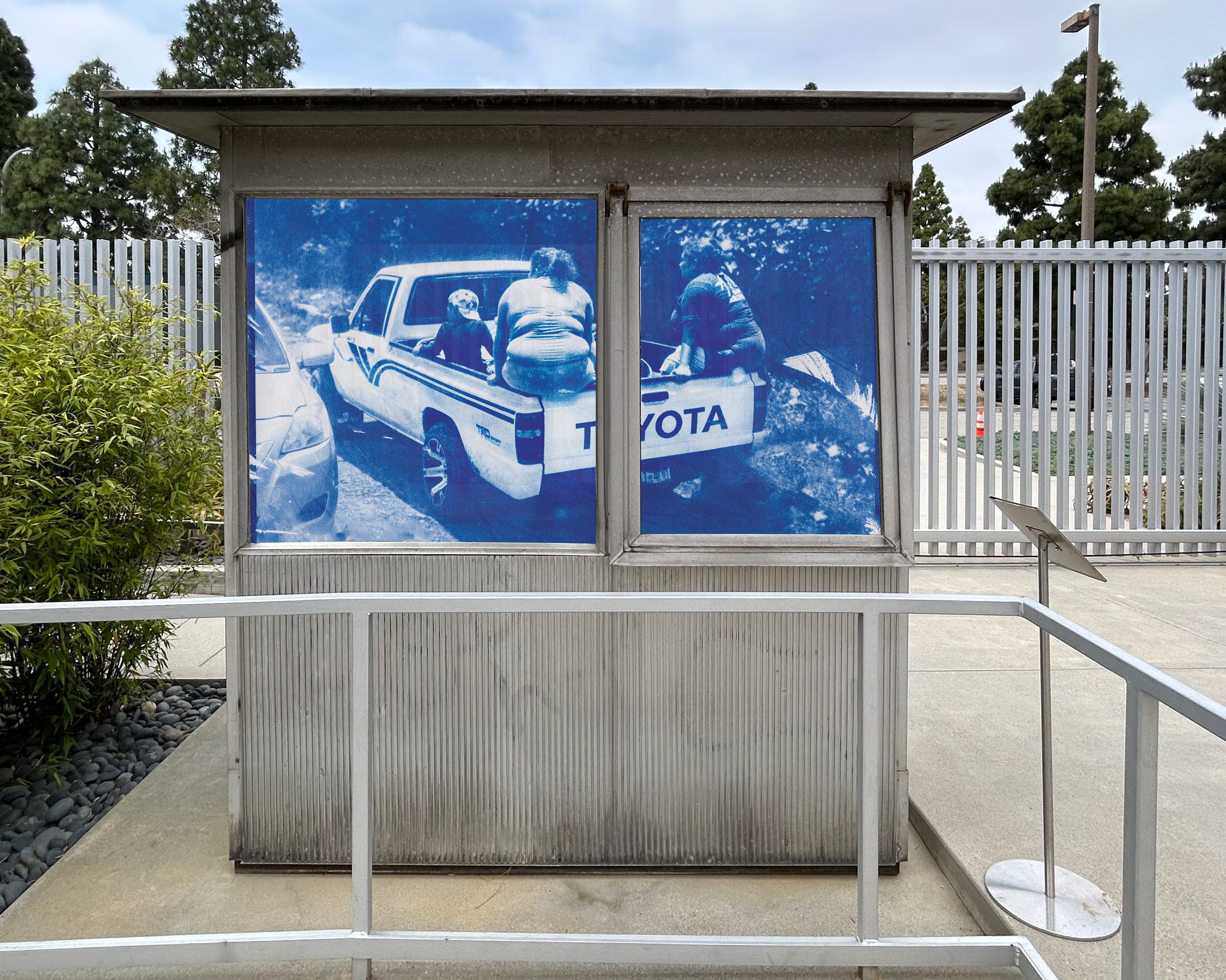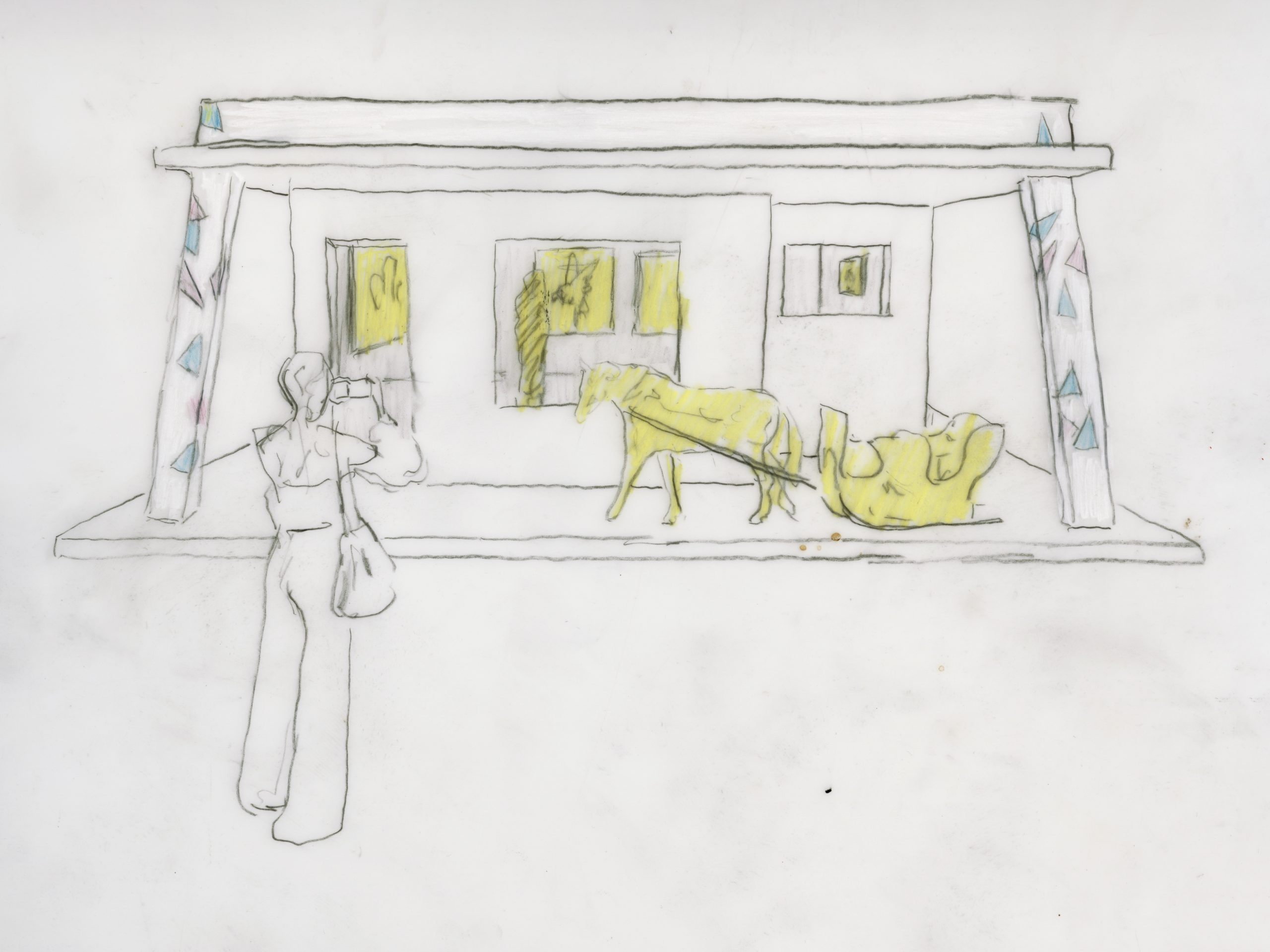Cedar’s Flight on Vostok 1: Icons and Artifacts of the Soviet Space Program
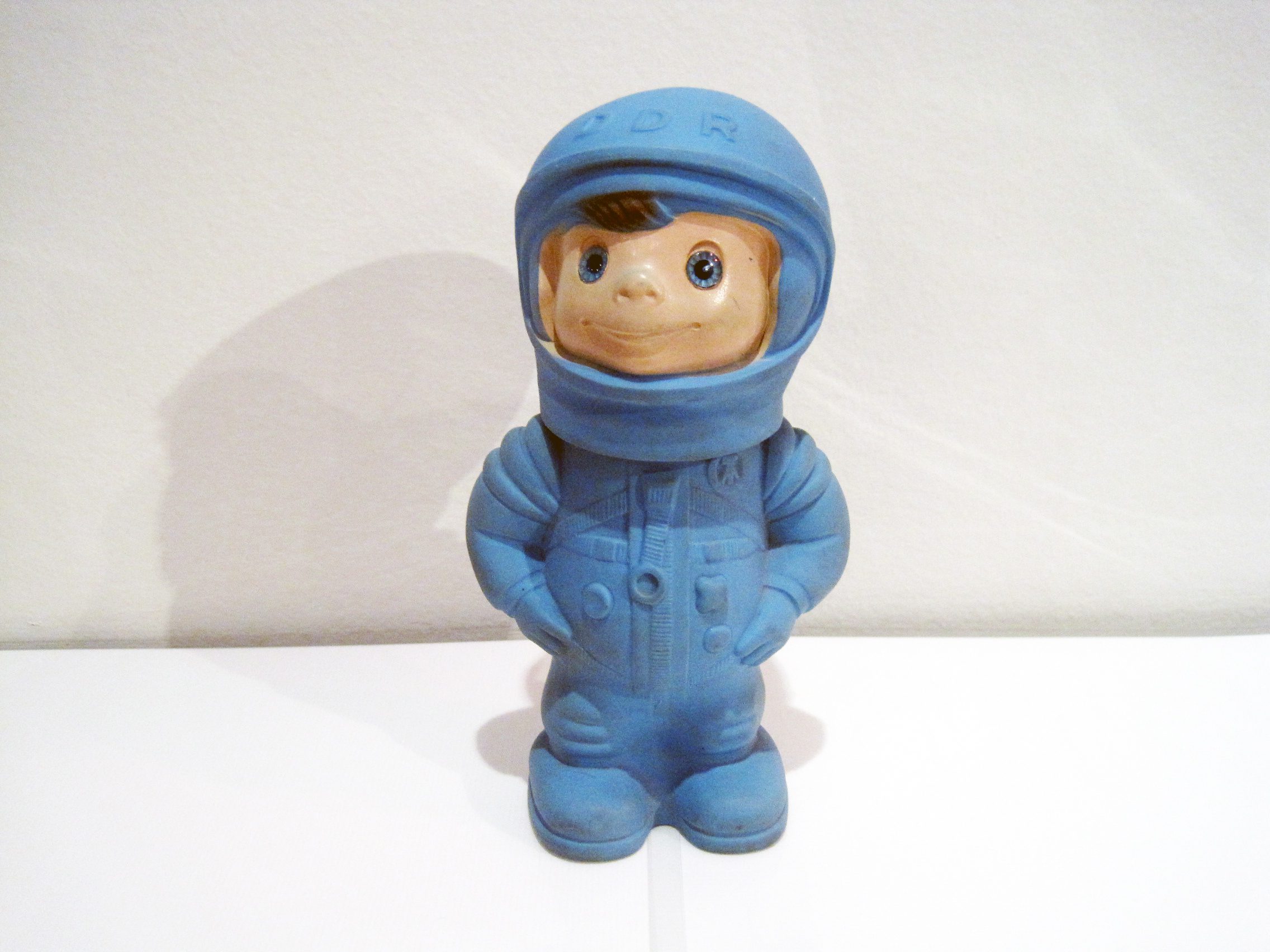
On April 12, 1961, cosmonaut Yuri Gagarin’s groundbreaking 108-minute voyage around the Earth on the Vostok 1 rocket captured the entire world’s fascination with space as the next frontier. His voyage, with the Cedar call sign (referring to a Siberian pine), made Gagarin into a national hero. His flight was a landmark victory in a Space Race that served as a key ideological site for Cold War confrontation.
This exhibition explores the imagery of the Soviet Space Program in popular culture. It looks at everyday objects, such as wristwatches, cigarette cases, lamps, and plates, imprinted with space motifs. The Soviet satellite Sputnik 1 and space dog Laika, both of which were successfully launched into orbit in 1957, acted together with Gagarin’s icon to promote a visual culture of Soviet success. It was a message needed by a nation undergoing political, cultural, and economic restructuring in the wake of Stalin’s death.
This Soviet space imagery carried strong military and ideological connotations abroad. Space stamps from around the world, and memorabilia commemorating the Intercosmos program, a Soviet space exploration program involving Eastern Bloc countries, served as important ideological tools in the battle over international spheres of influence.
Soviet success in space between 1957 and 1961 helped create a sense of national pride and unity. The surfeit of popular images underscores the high domestic, international, and historical stakes of the Space Race for the Soviet Union in the postwar period.

